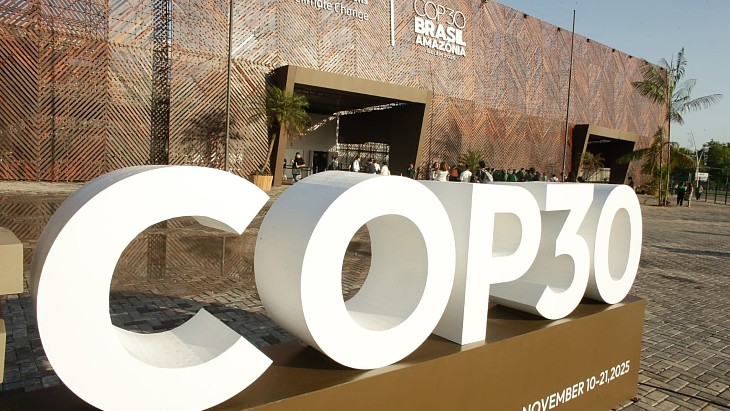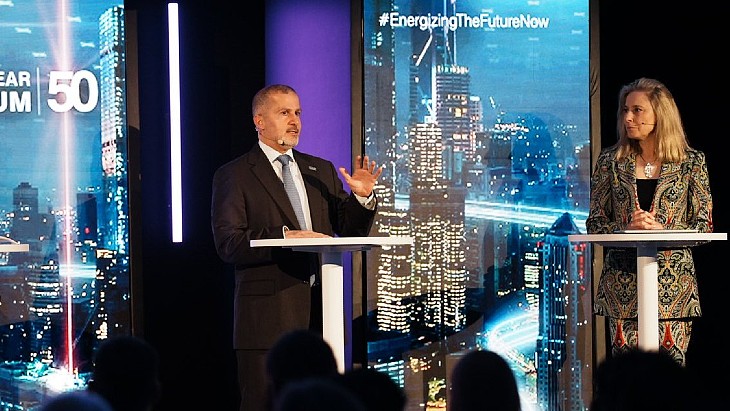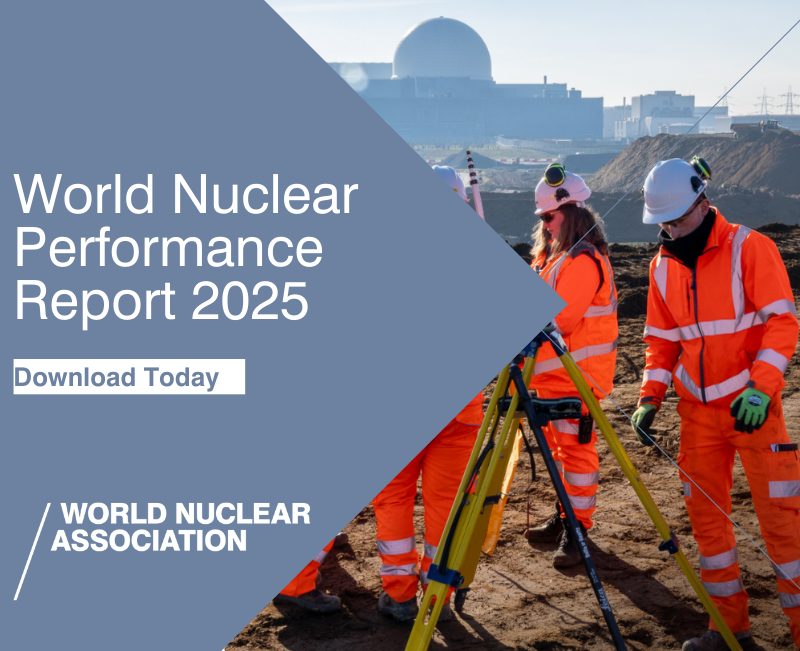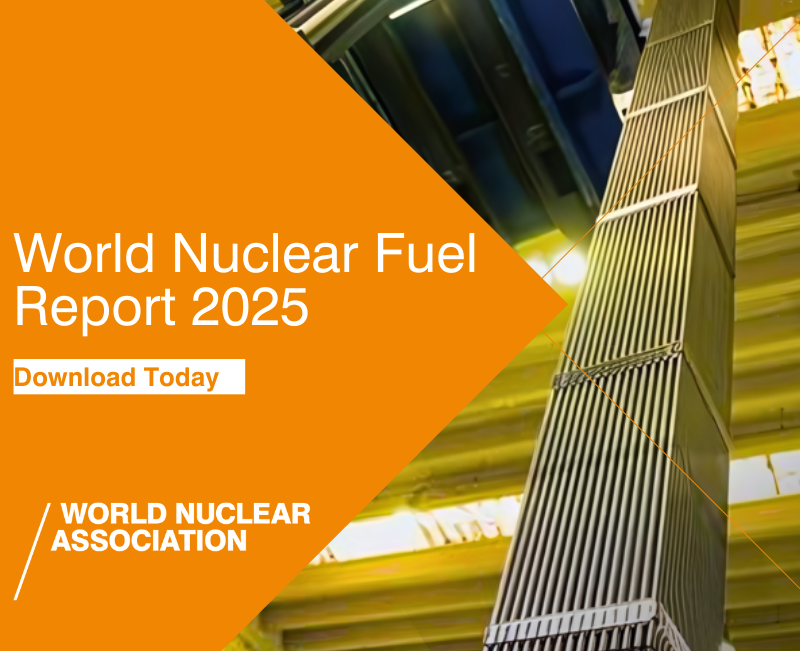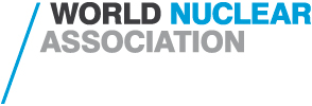University-level nuclear education in the USA is to be boosted by $18.2 million in funding for research reactor upgrades, equipment purchases and student funding from the US Department of Energy (DoE).
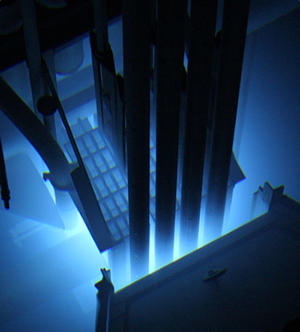 |
| PULSTAR: $1.4 million for major upgrade (Image: North Carolina State University) |
Announcing the funding, US energy secretary Steven Chu described it as an investment that would give US students the support and resources they would need to keep the USA at the forefront of the nuclear industry. "Restarting the US nuclear industry is a critical part of our efforts to build a clean energy economy and create clean energy jobs," he said.
Four major research reactor upgrades funded by the grants are led by North Carolina State University, which receives nearly $1.4 million to upgrade its PULSTAR research reactor. Other major reactor upgrade projects are cooling tower cell upgrades at the University of Missouri Research Reactor, infrastructure upgrades at the Massachusetts Institute of Technology Research Reactor, and cooling tower replacements plus other infrastructure replacements at Texas A&M University's Texas Engineering Experiment Station. Minor reactor upgrades are funded at a further 11 institutes.
Student funding
Both undergraduate and postgraduate students in nuclear energy-related science and engineering programs will benefit from the $5 million in scholarships and fellowships announced by DoE. One-year scholarships of $5000 will be awarded to 85 undergraduate students, while 32 postgraduate fellowships will each receive $50,000 per year over 3 years to help pay for their graduate studies and research.
In May 2010, Chu announced the award of $38 million to 42 university-led nuclear research projects covering fuel cycle research and development, Generation IV reactor research and development, light water reactor sustainability and mission-relevant investigator-initiated research. US universities and students have received over $80 million in funding under NEUP since 2008.
Researched and written
by World Nuclear News




_18938.jpg)
_33584.jpg)
_82983.jpg)
_49382.jpg)
